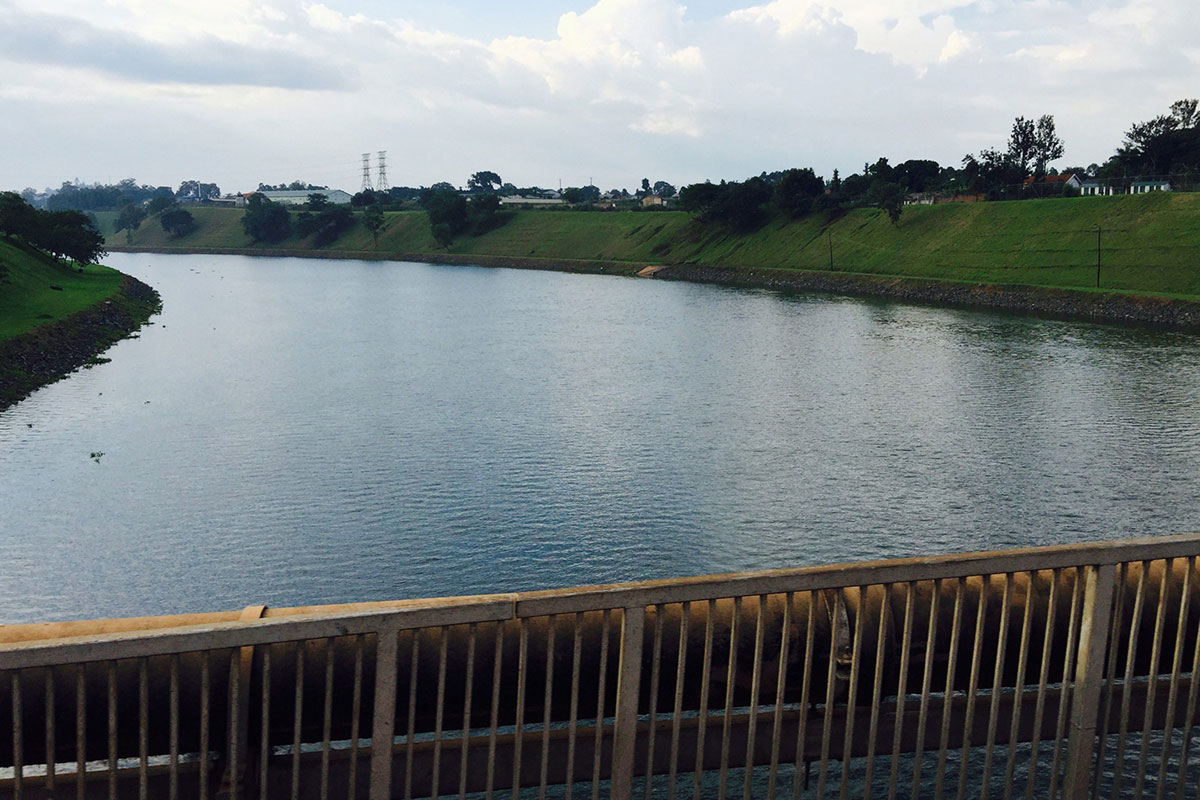
The Looming Shadow Behind the Nile
6853 km long, 3.9 km wide, 9.5 meter deep – on average – with a discharge rate of 99,940 cubic meters per second and the longest water course on earth, the Nile River is arguably the 9th wonder of the world.
River Nile widely traverses the eastern and northern plains of Africa. Flowing through Tanzania, Uganda, Rwanda, Burundi, Congo – Kinshasa, Kenya, Eritrea, South Sudan and Egypt, the Nile supports over 40 million lives and livelihoods alike and has now been termed the cradle of civilization particularity in Egypt. The river is formed by two major tributaries: the White Nile and the Blue Nile.
Water that forms the White and Blue Nile comes from different sources in East Africa.
The White Nile, also known as the longest tributary of the longest river gathers its waters from melted snow in mountains ranges together with rainfall from the remote and scenic rainforests form streams that meander through Uganda, Rwanda Congo and Burundi. The waters gather in lakes such as Lake Edward, Lake Albert and Lake Victoria. The outlets of these great lakes then merge and give rise to the White Nile which begins its journey through Uganda before its entry into the Khartoum, the capital of Sudan.
Water from the superior Blue Nile, the largest tributary of the longest river, originates from the rocky and lonely wilderness of Ethiopian highlands formed from the remains of volcanic activity. A spring at the base of Mt. Simien feeds Lake Tana, the main source of the Blue Nile. The southwestern outlet sneaks out as a slow stream but soon forms great waterfalls often termed; smoke of fire. The river flows through pure wilderness, wandering through the beautiful valleys of the Blue Nile Gorge for over 1000 kilometers. The tributary is also known to carry silt as it meanders along, providing fertility to agricultural land along its banks up to and beyond the Egyptian desert. Having descended down the steep plains of it home country, the Blue Nile crosses borders into Sudan, streaming into Khartoum.
The White Nile and the Blue Nile finally marry at the heart of the Sudanese capital; Khartoum. They join forces and become one after which where the river begins its epic journey north. Swimming through plains, deserts and valleys together, they form the world’s longest river, birthing agricultural life in Cairo, Egypt’s Capital before dividing into the Mediterranean Sea.
In Northern Africa, the Aswan Dam in Cairo has also proved to be of great gain, generates electricity for the entire country. At the Nile River Delta in Egypt, corn, wheat and rice provide major agricultural products, while Egyptian cotton, the country’s most popular commodity is grown along the rivers banks.
Back in East Africa, where the White Nile originates countries have benefited enormously from the great river source. Fishing booms in the shores of Lake Victoria as Kenya has built a reputable fish exporting industry while papyrus reeds from Uganda has yielded agricultural fruit.
At the source of the Blue Nile however, a different story is told. Ethiopia’s Tana Lake may be the largest contributor to the Nile River but despite is water wealth, its problem has been the crippling inability to use a vast percentage of its own water. Destitute of agricultural practices the country has been forced to strongly rely on food aid. Though the country benefits from papyrus trade, over the years many have realized that the oft repeated phrase about Egypt’s relationship with the river applies strongly to Ethiopia; ‘The Nile belongs to all, and yet one.’
As this beautiful and phenomenal river stretches through Africa, it indeed is a wild paradise, but over the year’s increased human activity has seen Egypt and now, other countries like Ethiopia use the river for development. History narrates that in 1929 a treaty was signed between Egypt and Great Britain which gave Egypt the power of veto over the Nile River which meant that the Egyptians had the authority to stop any upstream developments from affecting the flow of water up north. 80 years have hence gone by and currents have taken a sudden turn. The Nile has already contributed significantly to Egypt’s economic development through the Aswan Dam and other proposed irrigation projects, the lack of economic progress in Ethiopia at the expense of Egypt’s well-being has caused a bone of contention. In 2011 the Ethiopian government announced that it would be constructing four large dams on the Nile, including one of the largest in the world, the Grand Ethiopian Renaissance Dam. At first, foreign investors had been reluctant to show interest in the project due to the high potential of conflict but the Ethiopian government has now declared that the country will single-handedly fund the project itself. Considering the fact that the Blue Nile contributes 85% of Niles water, projections have shown that the current construction of Ethiopia’s dams may possibly cut off a significant proportion of the Nile water that flows through Egypt while the yearly floods at the Nile Delta which carry silt for agricultural purposes will be no more. This will, in turn, affect the Egyptian economy and jeopardize its survival. Egypt has since threatened war against Ethiopia but dam construction goes on.
It has now become apparent that unlike the 20th Century which saw oil cause global strife, the wars of the 21st Century will be over water, with the Nile, the longest river in the world, being the center of the conflict.
Despite recent disputes that countries have been involved in over the Nile River, it remains a magnificent wonder. Flowing through eleven different African countries, valleys, and gorges, floating through rain forests and deserts while offering some of the most graceful sites in Africa, whether in slow streams or falls the river remains unmatched as it journeys past monuments and mountains through lush fields and urban expanses.




